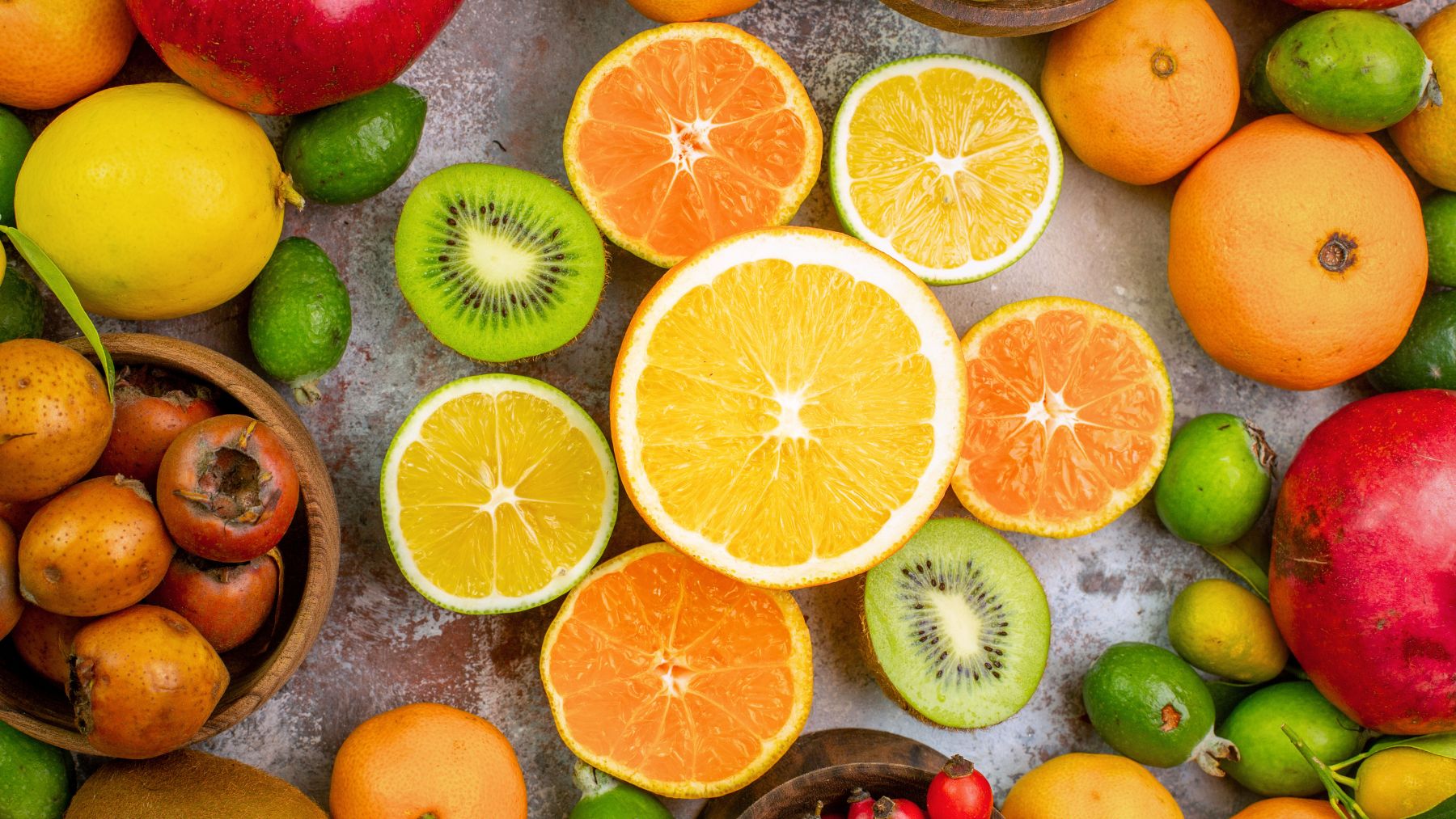If you’re trying to eat cleaner without going fully organic, there’s one fruit that leads the pack in 2025: pineapple. According to the Environmental Working Group (EWG), pineapples top this year’s Clean Fifteen, the list of produce items with the lowest pesticide contamination in the country.
Here, we’ll explain what the Clean Fifteen is, how it’s determined, and why pineapple scored highest. We’ll also look at other fruits and vegetables with low pesticide risk, plus the items that ended up on the opposite end, the Dirty Dozen. If you’re aiming to reduce exposure without skipping fruits and vegetables altogether, these lists are worth keeping in mind.
Pineapple: the fruit at the top of the Clean Fifteen
The Clean Fifteen is an annual ranking released by EWG based on testing done by the USDA. The group analyzes data on pesticide levels across dozens of fruits and vegetables. This year, EWG also included toxicity levels in its analysis, offering a fuller picture of potential health risks.
Pineapple ranked #1 in 2025, meaning it’s the cleanest conventional fruit you can buy in the US right now. USDA testing showed it had minimal pesticide residue. That’s likely because pineapples have thick, inedible skin, which acts as a natural barrier against chemical absorption. Most residues don’t reach the part you actually eat.
If you’re buying conventional produce and want to avoid harmful chemicals, pineapple is about as safe as it gets. It’s also widely available and relatively affordable year-round, making it an easy pick for safer eating.
Other low-pesticide fruits and vegetables in the US
Pineapple may be first, but it’s not the only fruit with a clean profile this year. Several other options also showed very low contamination levels in EWG’s tests. If you’re shopping non-organic, these are smart choices.
- Avocados: Like pineapples, their thick skin helps block pesticide penetration.
- Sweet corn (fresh and frozen): Consistently ranks low in pesticide residues.
- Papaya: USDA testing showed few pesticide traces inside the fruit.
- Bananas: Their peel keeps most chemicals from reaching the edible part.
- Mangoes: Minimal internal contamination was found.
- Kiwi: Also protected by a tough outer layer.
On the vegetable side, clean picks include onions, asparagus, cabbage, cauliflower, sweet peas (frozen), mushrooms, and carrots. These items had some of the lowest overall pesticide levels, even when they’re grown conventionally. If organic isn’t in your budget or easily available, this list is a reliable guide for safer shopping.
What to avoid: the 2025 Dirty Dozen
While the Clean Fifteen highlights the best options, the Dirty Dozen lists the worst. These fruits and vegetables tested highest in both the amount and toxicity of pesticide residues. If possible, buy these items organic.
- Spinach.
- Strawberries.
- Kale, collard, and mustard greens.
- Grapes.
- Peaches.
- Cherries.
- Nectarines.
- Pears.
- Apples.
- Blackberries.
- Blueberries.
- Potatoes.
Some of these, like spinach and berries, tested positive for multiple pesticide types per sample. In several cases, residues included chemicals banned in other countries for health concerns. That said, experts still recommend eating plenty of fruits and vegetables, regardless of how they’re grown. When possible, choosing organic for the most contaminated items on the Dirty Dozen list can help reduce your overall pesticide exposure.
